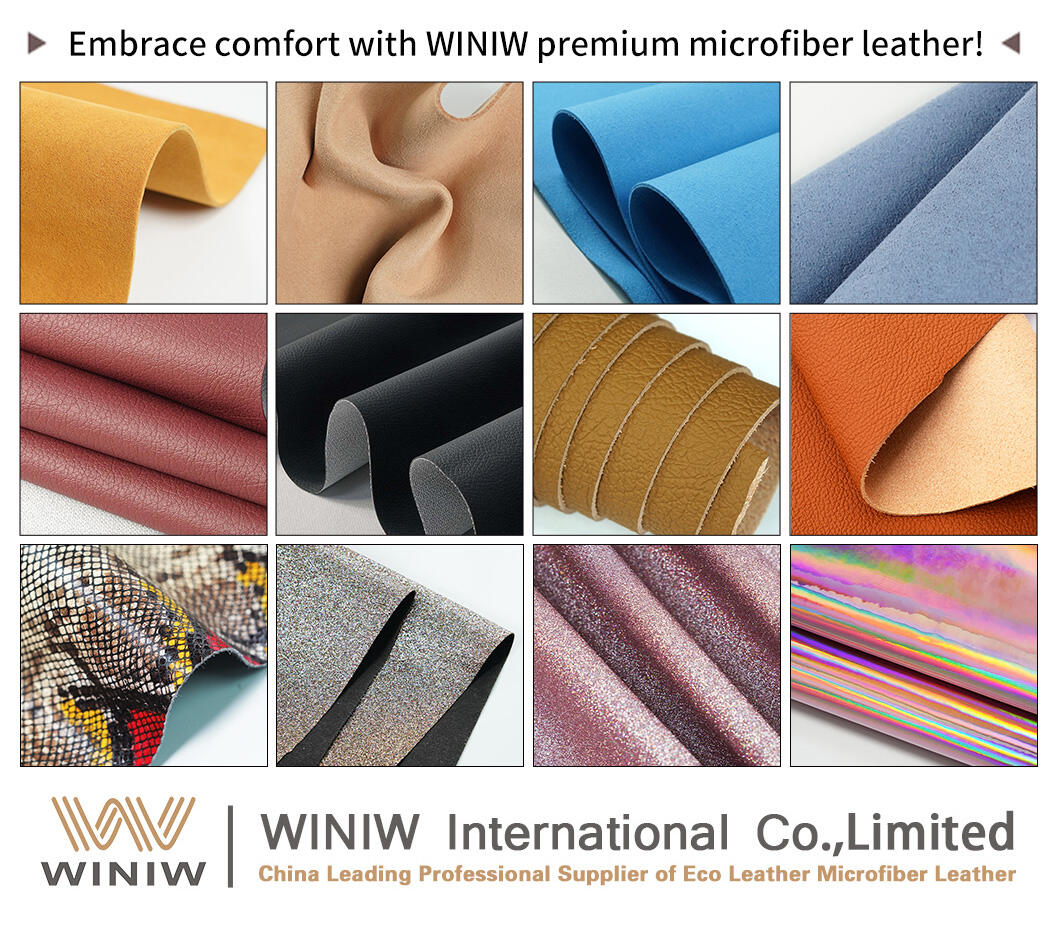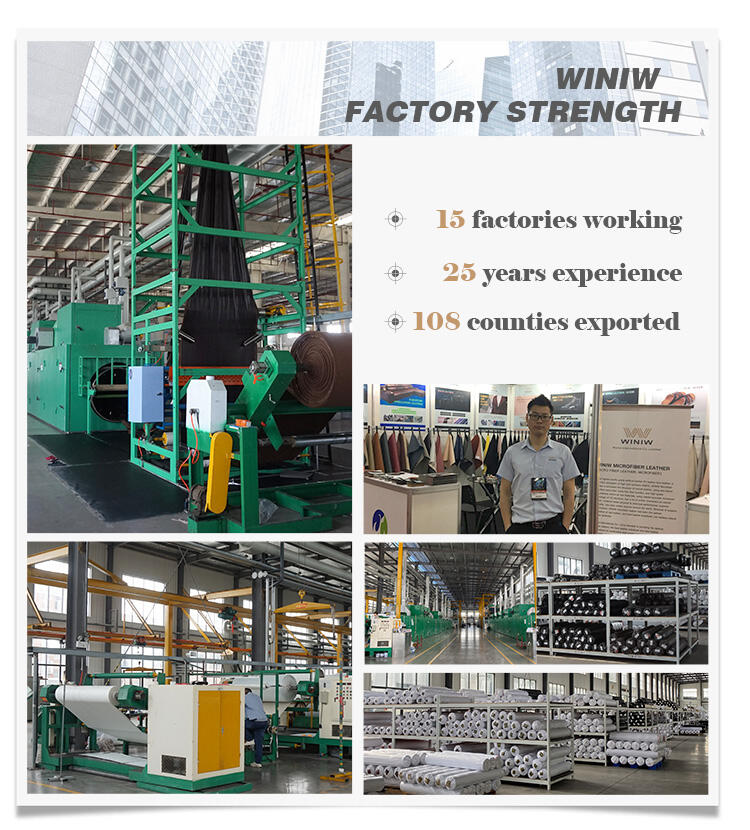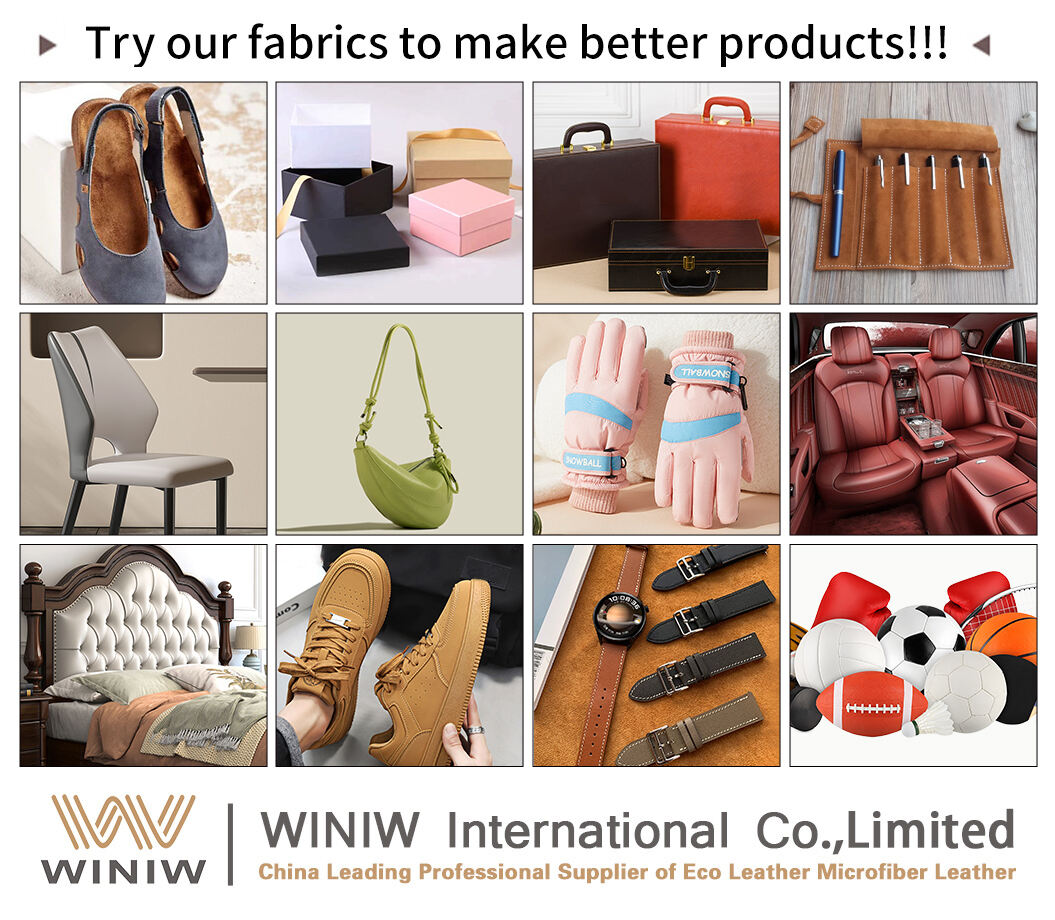In the vast world of materials used for fashion, furniture, and various other applications, the term "leather" often evokes a sense of luxury, durability, and style. However, not all materials labeled as "leather" are created equal. One such material that frequently raises questions is PVC leather, also known as vinyl leather or faux leather. This article aims to clarify whether PVC leather is indeed real leather and explore the differences between the two.
Understanding PVC Leather
PVC leather, short for polyvinyl chloride leather, is a synthetic material that mimics the appearance and texture of genuine leather. It is made by coating a fabric base with a layer of PVC plastic, which is then treated to give it a leather-like finish. This process allows PVC leather to be produced in a variety of colors, textures, and finishes, making it a versatile option for many applications.

The Essence of Real Leather
Real leather, on the other hand, is a natural material derived from the skin of animals such as cows, sheep, and goats. It is a byproduct of the meat industry and undergoes a complex tanning process to preserve and enhance its qualities. Real leather is known for its durability, breathability, and unique characteristics, such as grain patterns and natural markings that vary from piece to piece.
Comparing PVC Leather and Real Leather
The primary distinction between PVC leather and real leather lies in their origins and compositions. PVC leather is entirely synthetic, while real leather is a natural product. This fundamental difference affects their properties and performances:
-
Durability: While PVC leather can be quite durable, it typically does not match the longevity of real leather. Over time, PVC leather may crack, peel, or fade, especially with exposure to sunlight and extreme temperatures.
-
Breathability: Real leather is naturally breathable, allowing air to circulate and keep the user comfortable. PVC leather, being plastic-based, does not have this breathability, which can make it less comfortable in hot or humid conditions.
-
Aesthetic Appeal: PVC leather can be designed to closely resemble real leather, but it often lacks the depth and natural beauty of genuine leather. Real leather's unique grain patterns and markings add to its charm and make each piece truly one-of-a-kind.
-
Environmental Impact: The production of PVC leather involves the use of plastic, which can have negative environmental impacts, including pollution and waste. Real leather, while also subject to ethical considerations regarding animal welfare, can be a more sustainable option when sourced responsibly and produced using eco-friendly tanning methods.
Conclusion
In summary, PVC leather is not real leather. It is a synthetic material designed to mimic the appearance and texture of genuine leather but falls short in terms of durability, breathability, aesthetic appeal, and environmental impact. While PVC leather may be a more affordable and versatile option for certain applications, those seeking the authenticity, quality, and unique charm of real leather will find it in natural materials derived from animal skin. When choosing between PVC leather and real leather, it is essential to consider the specific needs and context of use, as well as personal values and preferences.


 EN
EN









































